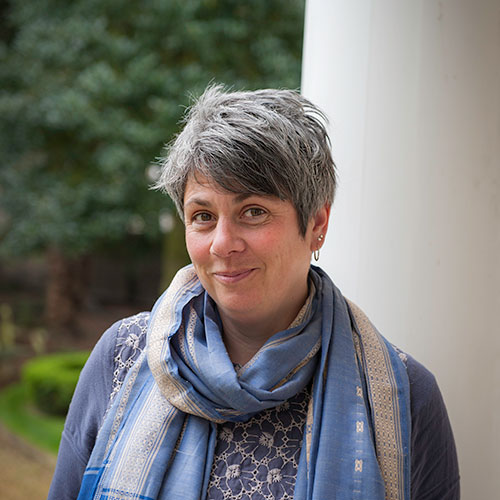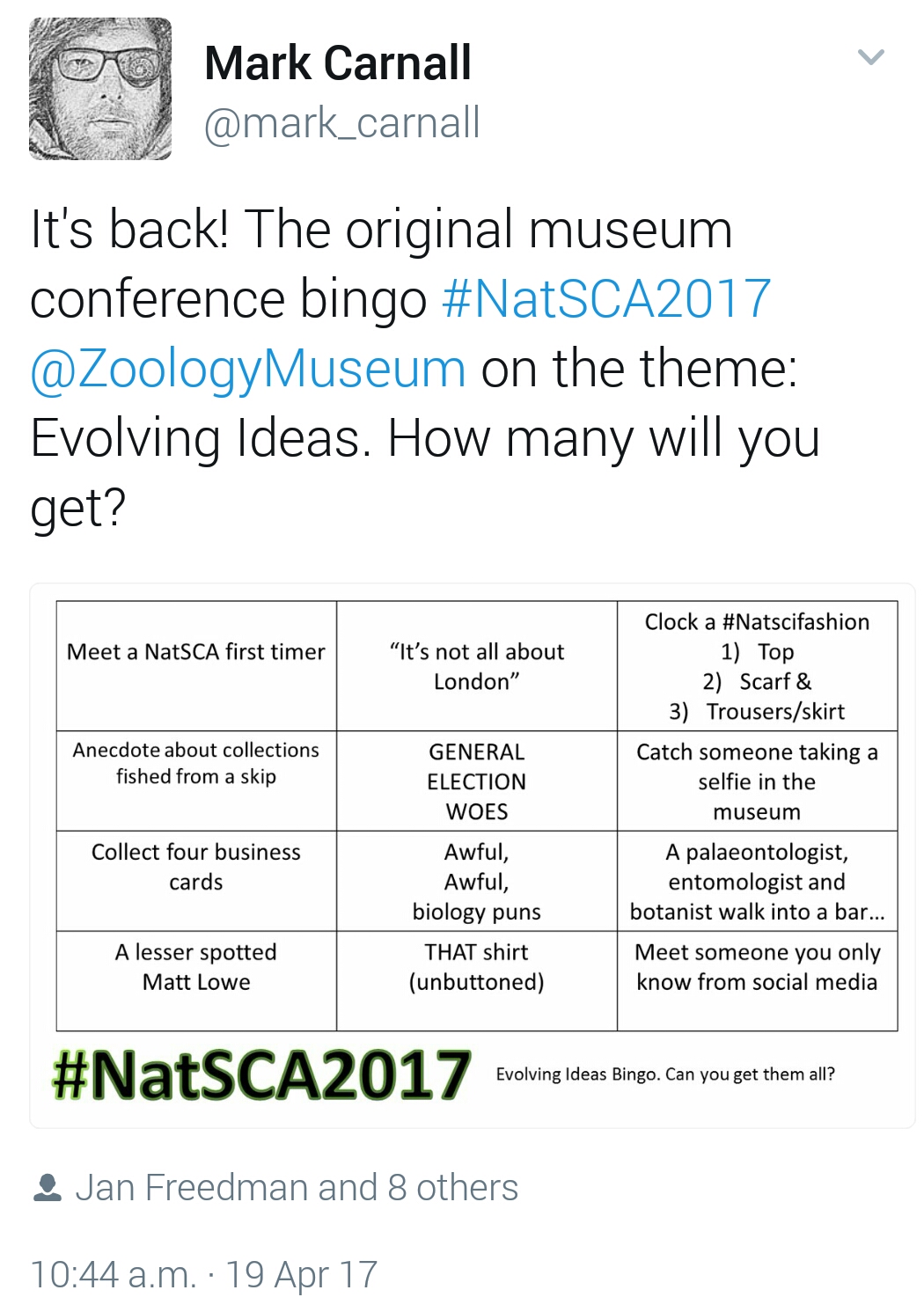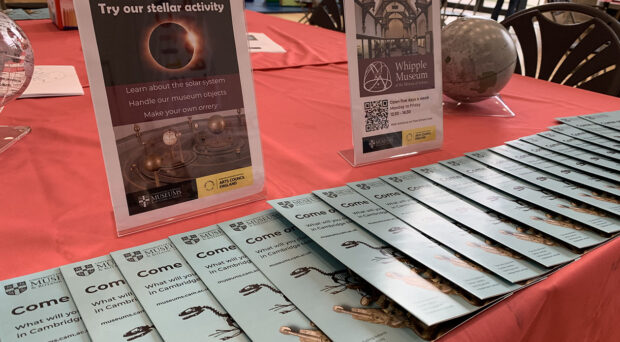The Whale, the Dire Rhea and the Boar’s New Nose… just some of the acquaintances I made at last month’s Natural Science Collections Association Annual Conference. Full of passionate and inspiring museum folk, as well as curious and intriguing animals, Evolving Ideas: provocative new ways of working with collections showcased a swarm of ways of using biological, geological, botanical collections to engage visitors and to share, document and care for collections.
Hosted this year by our very own Museum of Zoology, more than 200 members of the Natural Sciences Collections Association (NatSCA) herded in Cambridge for two days of talks, discussions, and more than a bit of laughter. The occasion also provided the opportunity for delegates to admire the amazing new Whale Hall at the Museum of Zoology, and take a peek behind the scenes before the museum reopens after a multi-million pound redevelopment later in the summer.
Here are just a few of my highlights from the two days – I’m sure others will have more
Ian Trumble (Bolton Library & Museum Service) outlined how a highly successful family exhibition involving taxidermy specimens dressed as storybook characters (think Jemima Puddleduck and Fantastic Mr Fox) transformed Bolton Museum’s public profile. The tension between dressing taxidermy – generally frowned upon by curators – and the enormous public and local political support that the exhibition generated made for some excellent ongoing discussion about good practice, guidelines and how we set priorities for our museums.
Subhadra Das (UCL Culture) and Miranda Lowe (Natural History Museum) held the room to attention with their powerful challenge to us to stop glossing over the social context of our natural science collections. By positioning our natural science collections at the ‘hard’ end of science we often fail to acknowledge the social context in which these objects were collected, in particular the role of race and class. They urged us to value the process of science as much as the content, to bring the challenging histories of our objects into the mainstream, and in doing so render our museums more welcoming and accessible.
Manchester Museum’s recent experimental approach to environmental campaigning, a conscious decision by the museum to step beyond just informing debate about environmental issues, was described inspiringly by genial tub-thumper David Gelsthorpe. The Climate Control exhibition (#MMClimateControl) used the Museum’s local collections and a striking design to explore both the past and future of climate change. An impressive social media campaign invited people to pledge their commitment to combatting climate change, while student volunteering and an empowered visitor services team created far-reaching impacts on audiences.
Fabulous fly-woman Erica McAlister ( Natural History Museum) highlighted the exciting research potential of some jaw-dropping analytical techniques which enable us to study and understand the animals in our collections without the need for destructive sampling of specimens. These include 3D visualization of internal anatomy, and the sequencing of the entire DNA genome in historic museum specimens.
Finally, I really enjoyed hearing from Luke Blazejewski describing the activist practice research he is leading with Manchester Museum and others in the North West connecting older people nature through natural heritage collections. More commonly, museums engage with older people through history, memory and reminiscence; this approach enables older people to think about the future as much as the past. With a clear focus on responding to society’s needs rather than our own, this project has parallels with the University of Cambridge Museum’s own work with older people led by the Fitzwilliam Museum, which provides opportunities for them to engage with collections right across the consortium.
My own presentation focused on how the University of Cambridge Museums engages audiences across disciplines, using case studies to show how we engage audiences through frameworks such as Arts Award and Creative Apprenticeships, which have originally been developed within an arts context. Natural science is a key part of the University of Cambridge Museum’s multidisciplinary offer, and we put emphasis on connections that can be made between the different museum collections. Research indicates that many visitors, families in particular, find natural science collections more accessible. Hence, multidisciplinary programmes can build confidence among audiences to engage with a broader range of museums and collections, they enable us to put our science collections in their social context, and to broaden engagement with our collections.
NatSCA is one of the friendliest and most relaxed sector conferences. Where else do people tweet pictures of their own #NatSciFashion, where there’s an ongoing conference bingo and where the entire room can give a spontaneous cheer and round of applause to the hard-pressed Museum of Zoology team as they share some of the ups and downs of their ongoing redevelopment project? And while there was loads to satisfy my inner palaeontological nerd, much of the conference was of great relevance to the wider museums’ sector; look out for the conference volume to be published by NatSCA later in the year.
You can find out more about NatSCA on their website www.natsca.org or follow them on twitter @Nat_SCA








